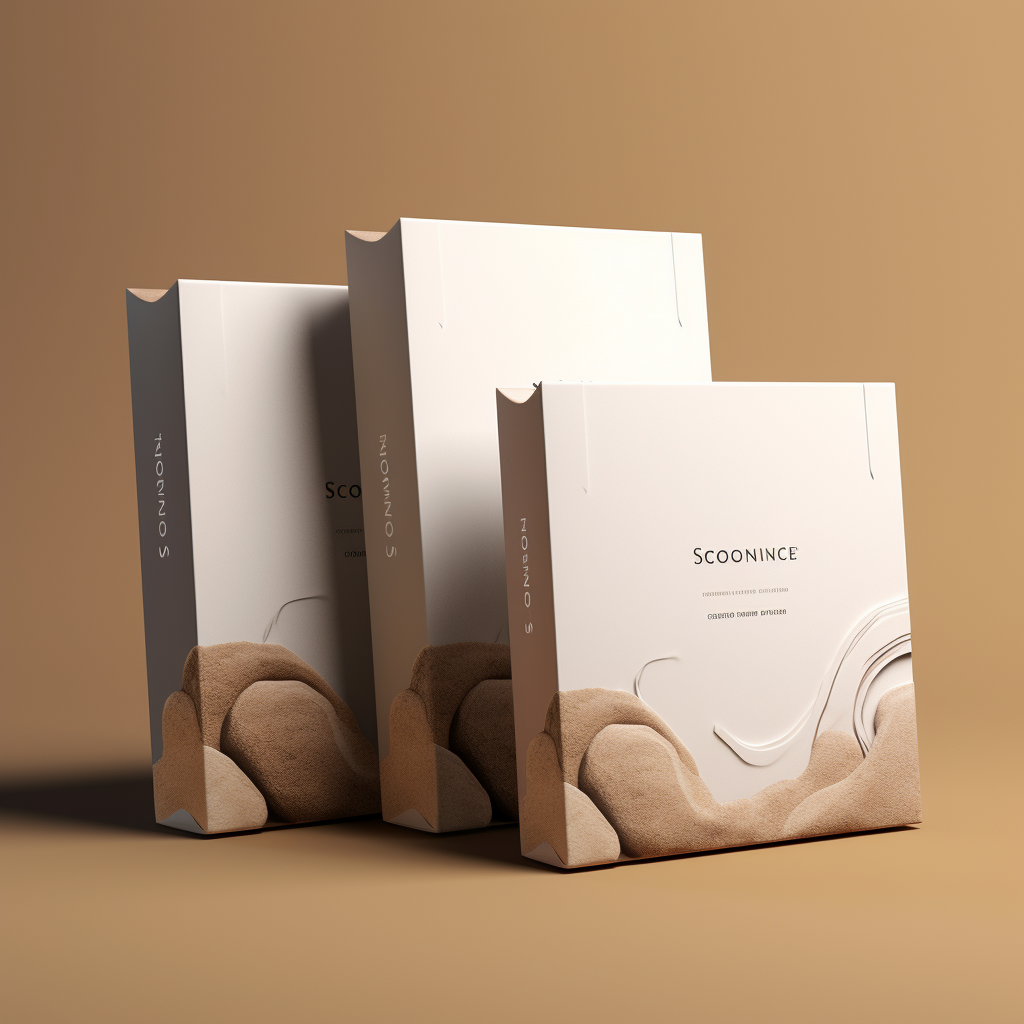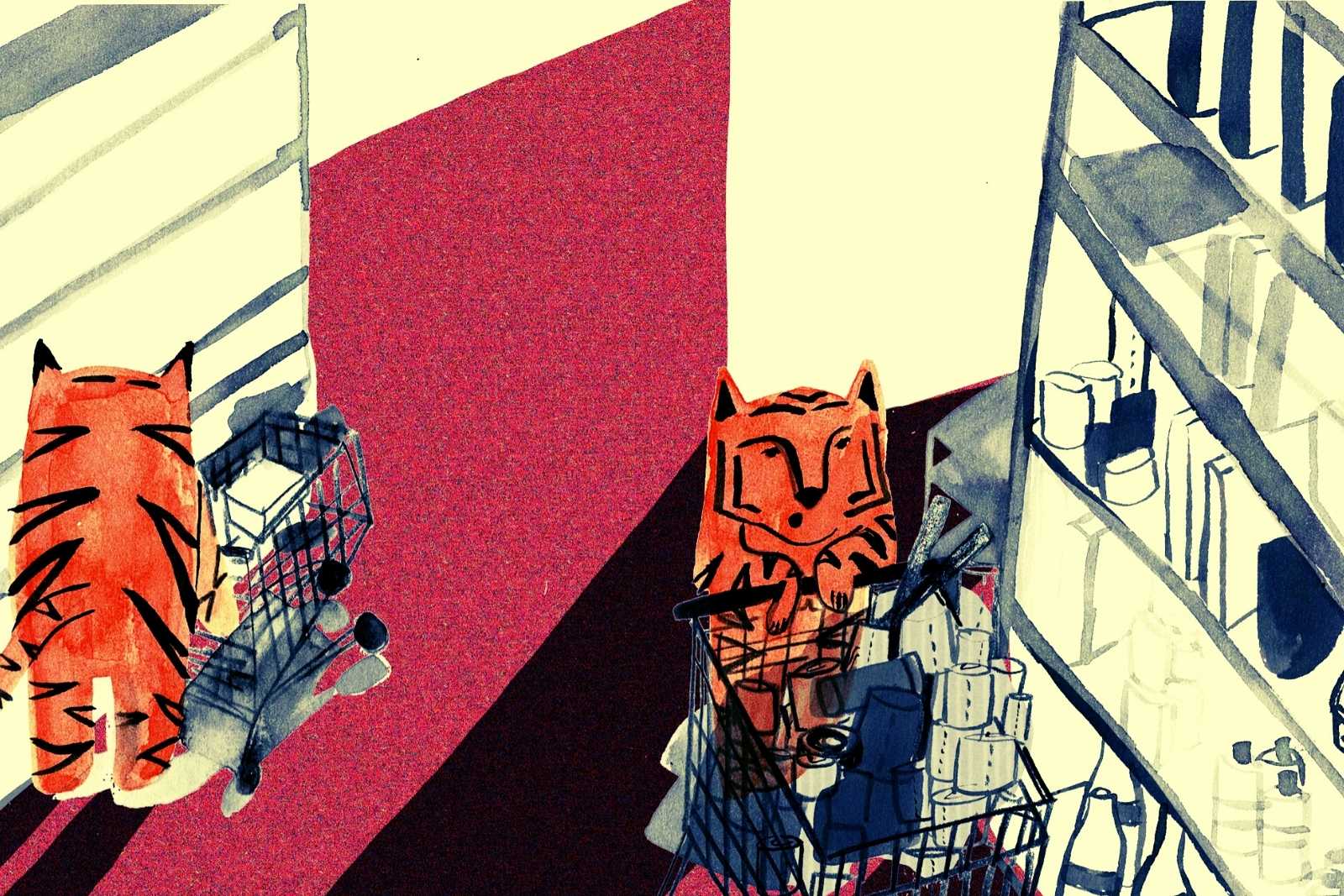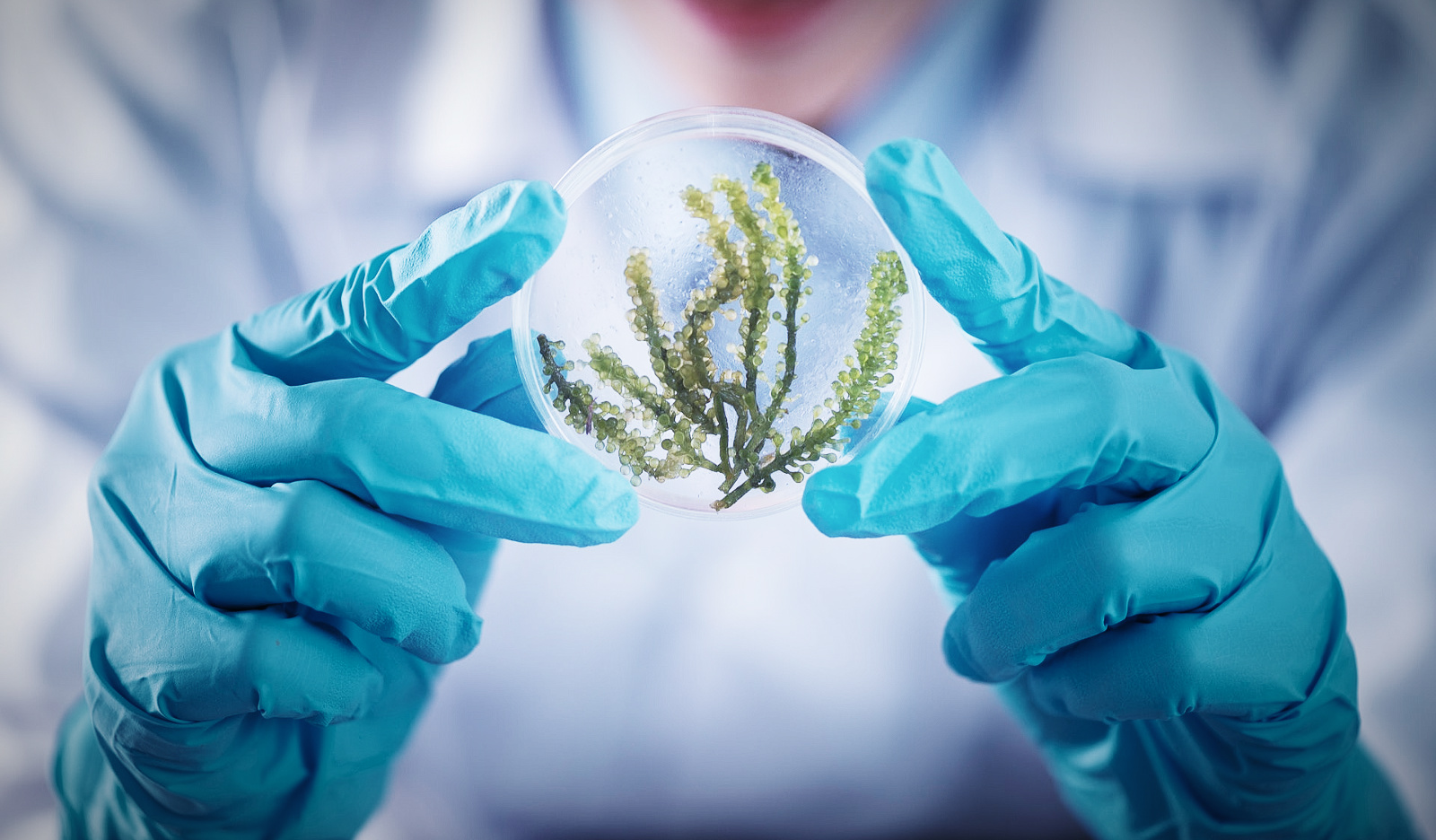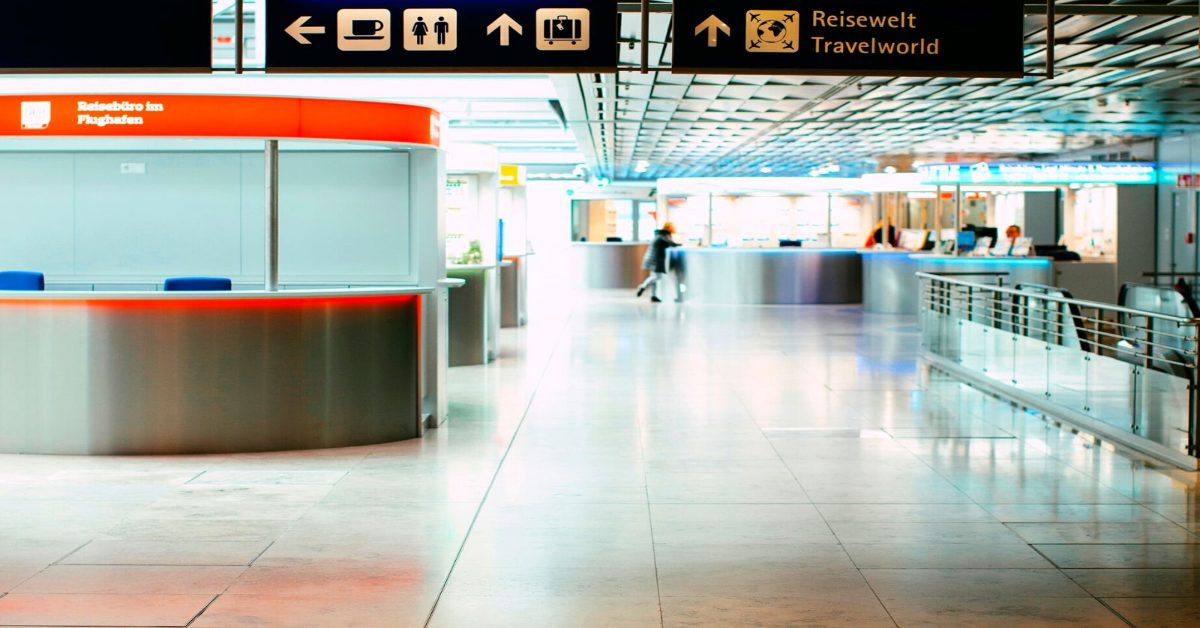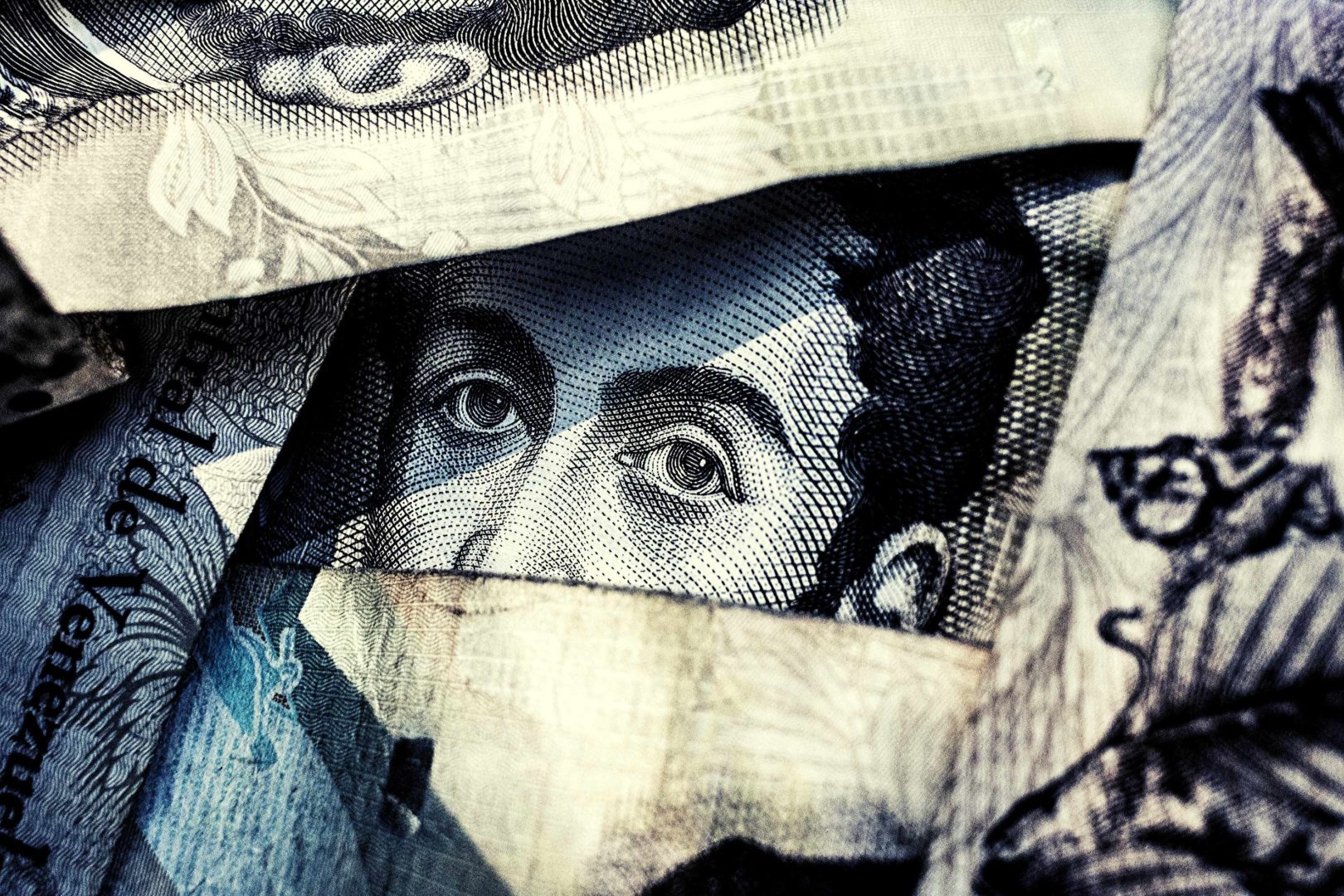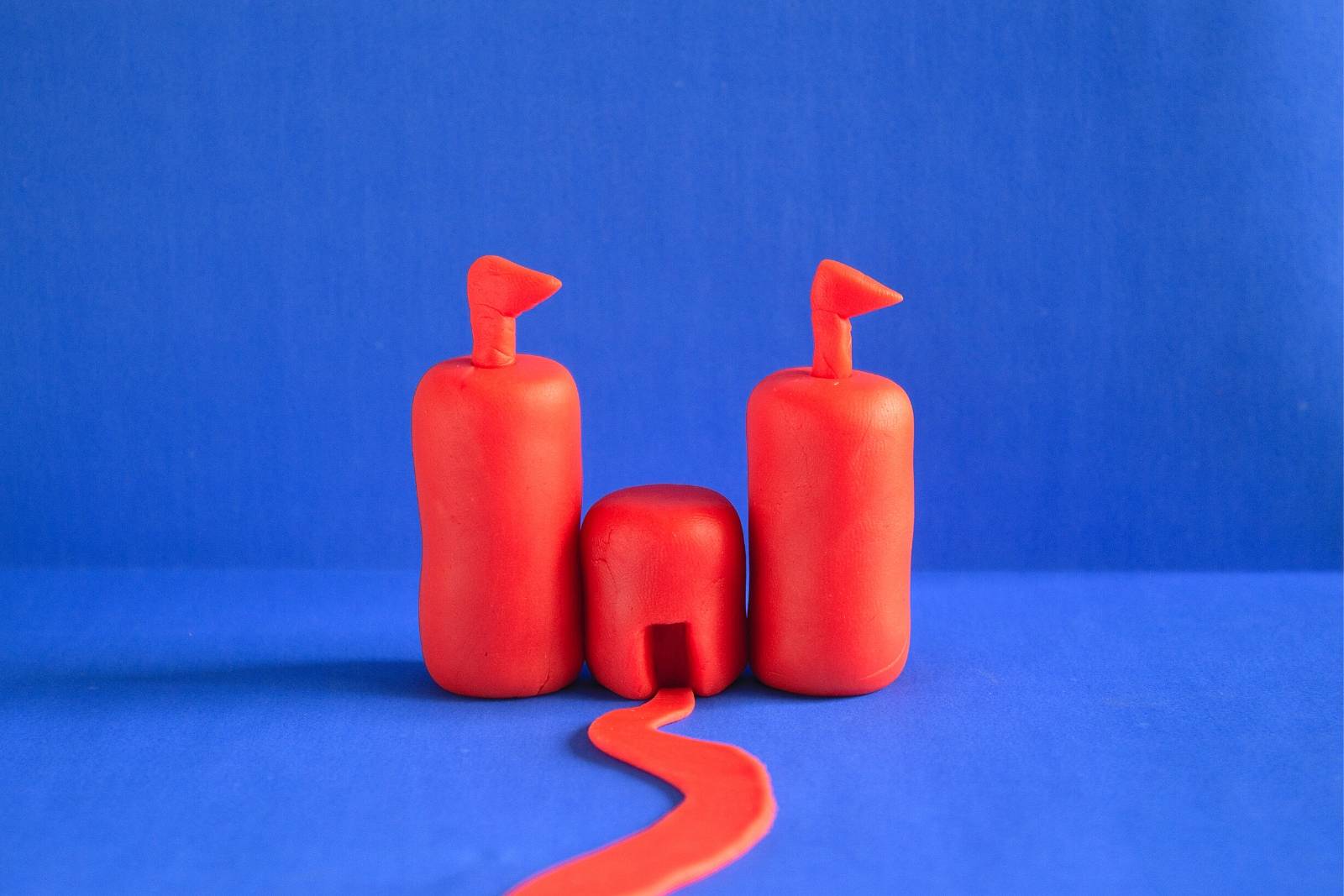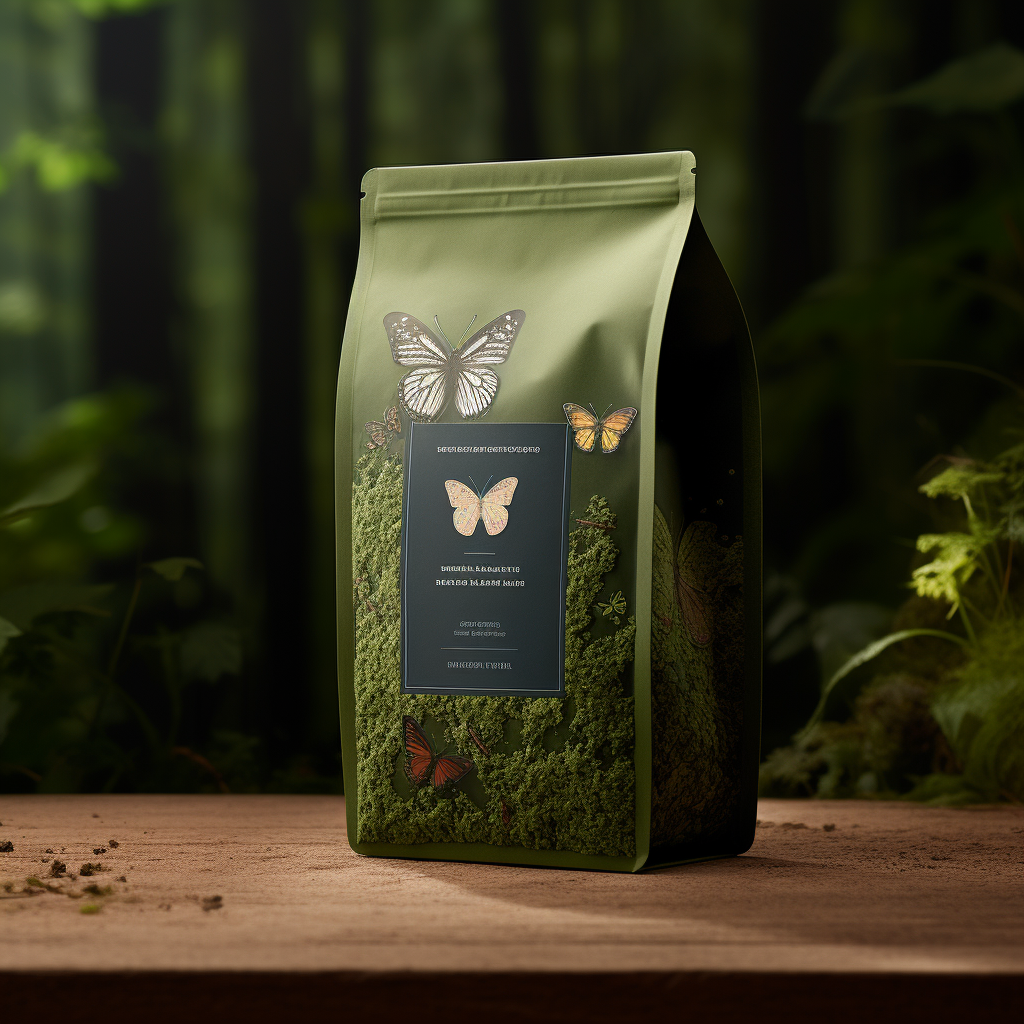

How Sustainable Packaging Changed the Game
In today’s rapidly evolving marketplace, sustainability is no longer just a buzzword; it’s a driving force behind innovation and consumer demand. Sustainable packaging has emerged as a game-changer, revolutionizing the way products are packaged and consumed. This shift towards eco-friendly packaging solutions has not only addressed environmental concerns but has also opened up new avenues for businesses to thrive. From reducing carbon footprints to embracing innovative materials, sustainable packaging has reshaped the industry landscape. This introduction will delve into the rise of sustainable packaging, exploring the environmental benefits it offers, the use of cutting-edge materials, and the design solutions driving this transformation. Moreover, it will shed light on the burgeoning business opportunities that sustainable packaging presents, appealing to an audience eager for forward-thinking ideas and solutions.
The Rise of Sustainable Packaging
The adoption of sustainable packaging has witnessed a significant rise in recent years, with a growing number of companies incorporating environmentally-friendly materials and practices into their packaging strategies. This shift is largely driven by consumer demand for more sustainable and eco-friendly products. According to a survey conducted by Nielsen, 73% of global consumers say they would change their consumption habits to reduce their environmental impact. As a result, companies are under increasing pressure to meet these demands and provide sustainable packaging options.
In addition to consumer demand, government regulations have also played a role in promoting sustainable packaging. Many countries have implemented regulations and policies that encourage or even require companies to use sustainable packaging solutions. For example, the European Union has set targets for member states to recycle 65% of their packaging waste by 2025. These regulations serve as a catalyst for companies to seek cost-effective options that reduce packaging waste and promote sustainability.
To meet these demands and regulations, companies have been exploring various sustainable packaging solutions. This includes the use of biodegradable materials, such as plant-based plastics and compostable packaging. Additionally, companies are embracing innovative packaging designs that minimize the use of materials and reduce waste throughout the supply chain.
Environmental Benefits of Sustainable Packaging
Sustainable packaging offers significant environmental benefits. One of the key advantages is its recyclability. Unlike traditional packaging materials, sustainable packaging can be easily recycled, reducing the amount of waste that ends up in landfills. This not only helps to conserve natural resources but also contributes to the reduction of carbon emissions. By using recycled materials, companies can significantly decrease the carbon footprint associated with their packaging.
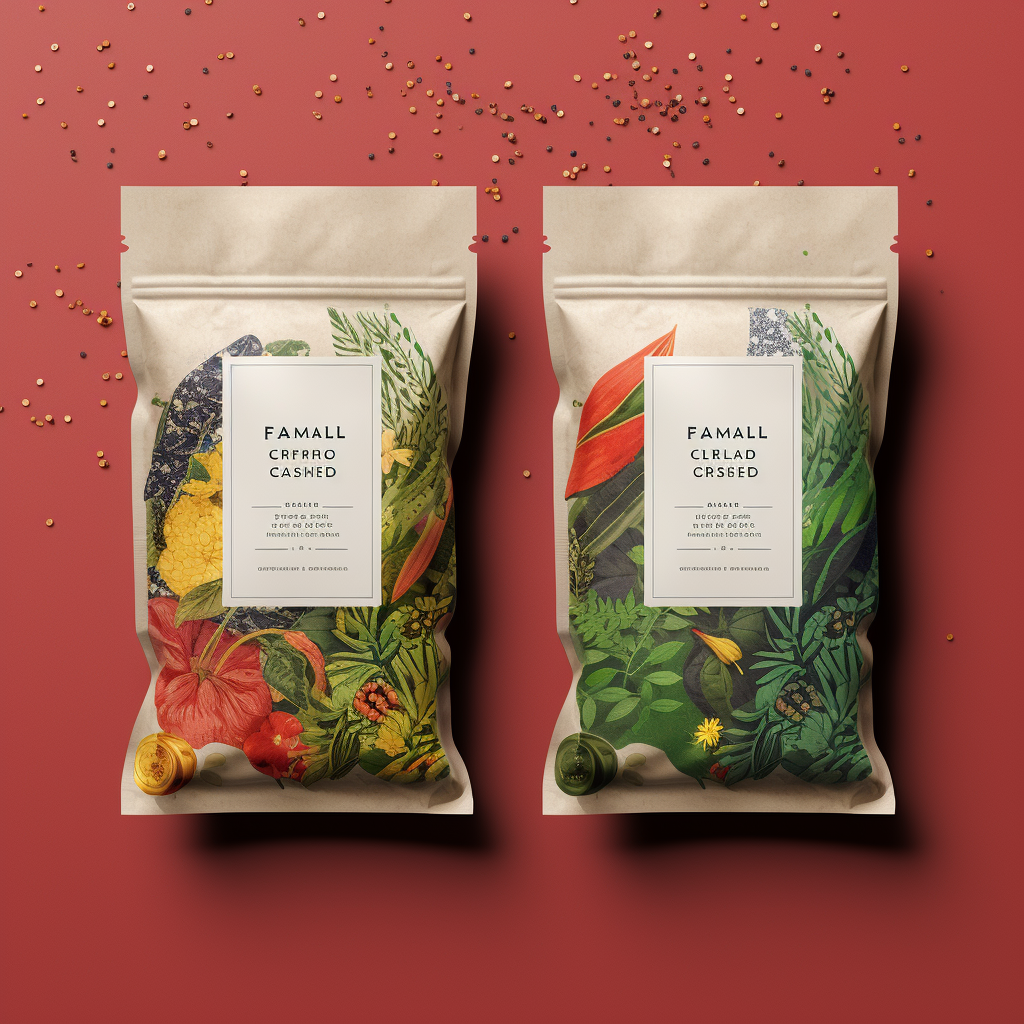
Another benefit of sustainable packaging is the reduction of waste. With consumer demand for environmentally friendly products on the rise, companies are finding innovative ways to minimize packaging waste. This includes using materials that are biodegradable or compostable, as well as implementing creative design solutions that use less material overall. By reducing packaging waste, companies can not only meet consumer demand but also save costs in the long run.
Moreover, sustainable packaging is cost-effective. While the initial investment in sustainable packaging materials may be higher, companies can save money in the long term by minimizing waste and reducing their carbon emissions. Additionally, with consumer demand for sustainable products increasing, companies that embrace sustainable packaging can gain a competitive edge in the market.
Innovative Materials in Sustainable Packaging
An array of innovative materials has revolutionized the field of sustainable packaging. As the demand for eco-friendly options continues to grow, companies are constantly seeking biodegradable alternatives and renewable materials to create green packaging solutions. Here are some of the current sustainable packaging trends:
- Bioplastics: Made from renewable sources such as corn or sugarcane, bioplastics are a popular choice for sustainable packaging. They are biodegradable and compostable, reducing the environmental impact compared to traditional plastics.
- Mushroom packaging: This innovative material is made from the roots of mushrooms and agricultural waste. It is fully compostable and has excellent insulation properties, making it a great alternative to polystyrene foam.
- Seaweed-based packaging: Seaweed is a renewable resource that can be used to create biodegradable packaging materials. It is not only eco-friendly but also has antimicrobial properties, making it ideal for food packaging.
- Recycled paper and cardboard: Using recycled paper and cardboard for packaging reduces the demand for new materials and minimizes waste. It is a cost-effective and widely available option for sustainable packaging.
These innovative materials offer a range of benefits, including reduced carbon footprint, decreased reliance on fossil fuels, and improved waste management. By utilizing these eco-friendly options, companies can contribute to a more sustainable future while meeting consumer demand for greener packaging solutions.
Design Solutions for Sustainable Packaging
Design plays a crucial role in achieving sustainable packaging solutions. As consumers become increasingly concerned about the environmental impact of packaging, companies are looking for innovative design solutions that meet both consumer preferences and sustainability goals. One key aspect of sustainable packaging design is the use of eco-friendly alternatives to traditional materials. Biodegradable and compostable materials, such as plant-based plastics and paper-based packaging, are gaining popularity due to their reduced impact on the environment.
However, designing sustainable packaging is not without its challenges. Designers must balance consumer preferences for attractive packaging with the need for materials that can be easily recycled or reused. Additionally, cost effectiveness is a crucial consideration, as companies need to ensure that sustainable packaging solutions are financially viable.
Supply chain integration is also an important factor in sustainable packaging design. Collaboration between designers, manufacturers, and suppliers is necessary to ensure that sustainable materials are readily available and that the packaging can be efficiently produced and distributed.
Business Opportunities in Sustainable Packaging
Businesses are capitalizing on the growing demand for sustainable packaging solutions. As consumers are becoming more environmentally conscious, companies have recognized the need to adopt sustainable practices to stay competitive in the market. This shift towards sustainable packaging not only aligns with consumer preferences but also presents several business opportunities.
Market demand:
– The demand for sustainable packaging is on the rise, with consumers actively seeking products packaged in environmentally friendly materials. Businesses that offer sustainable packaging solutions can tap into this growing market and attract a larger customer base.
- Cost savings: Sustainable packaging often requires less material and energy to produce, leading to cost savings for businesses. By implementing sustainable packaging practices, companies can reduce their packaging costs while still delivering high-quality products.
- Brand differentiation: Sustainable packaging offers businesses a unique opportunity to differentiate themselves from competitors. By adopting environmentally friendly packaging, companies can position themselves as responsible and socially conscious brands, which can enhance their brand image and attract environmentally conscious consumers.
- Consumer preferences: Consumer preferences have shifted towards sustainable solutions, and packaging is no exception. By offering sustainable packaging options, businesses can meet the demands of their target audience and gain a competitive edge in the market.
- Regulatory compliance: With stricter regulations surrounding packaging waste and environmental impact, businesses need to ensure they comply with these regulations. By implementing sustainable packaging practices, companies can avoid penalties and legal issues while also demonstrating their commitment to environmental responsibility.
Conclusion
In conclusion, sustainable packaging has revolutionized the game by addressing environmental concerns and offering innovative solutions. This shift towards eco-friendly materials and design solutions has not only reduced waste and carbon emissions but also opened up new business opportunities. Just as a seedling grows into a mighty tree, sustainable packaging has grown to become a powerful force for change in the packaging industry, paving the way for a greener and more sustainable future.
PACKAGING INNOVATOR?
Blog updates, epic whitepapers, and much more.















